Smart Glasses Take Center Stage at IFA: AR Interaction Emerges as a Norm, Product “Simplification” Sparks a Phase of Quality Leap
![]() 09/08 2025
09/08 2025
![]() 505
505
The key to success lies in retaining users.
On September 5, 2025 (local time), IFA 2025 officially kicked off in Berlin, Germany. Originally established as a “Broadcast Equipment Exhibition,” IFA has undergone a remarkable transformation over the past century. Its core focus has broadened from broadcast equipment to encompass a vast array of consumer electronics and home appliances. With the mission of “Innovation For All,” IFA continues to exert its influence across major global markets from its European hub. Leitech's largest-ever overseas reporting team, the “Leitech IFA25 Reporting Team,” is currently stationed in Berlin, delivering in-depth, on-the-ground coverage of IFA2025.
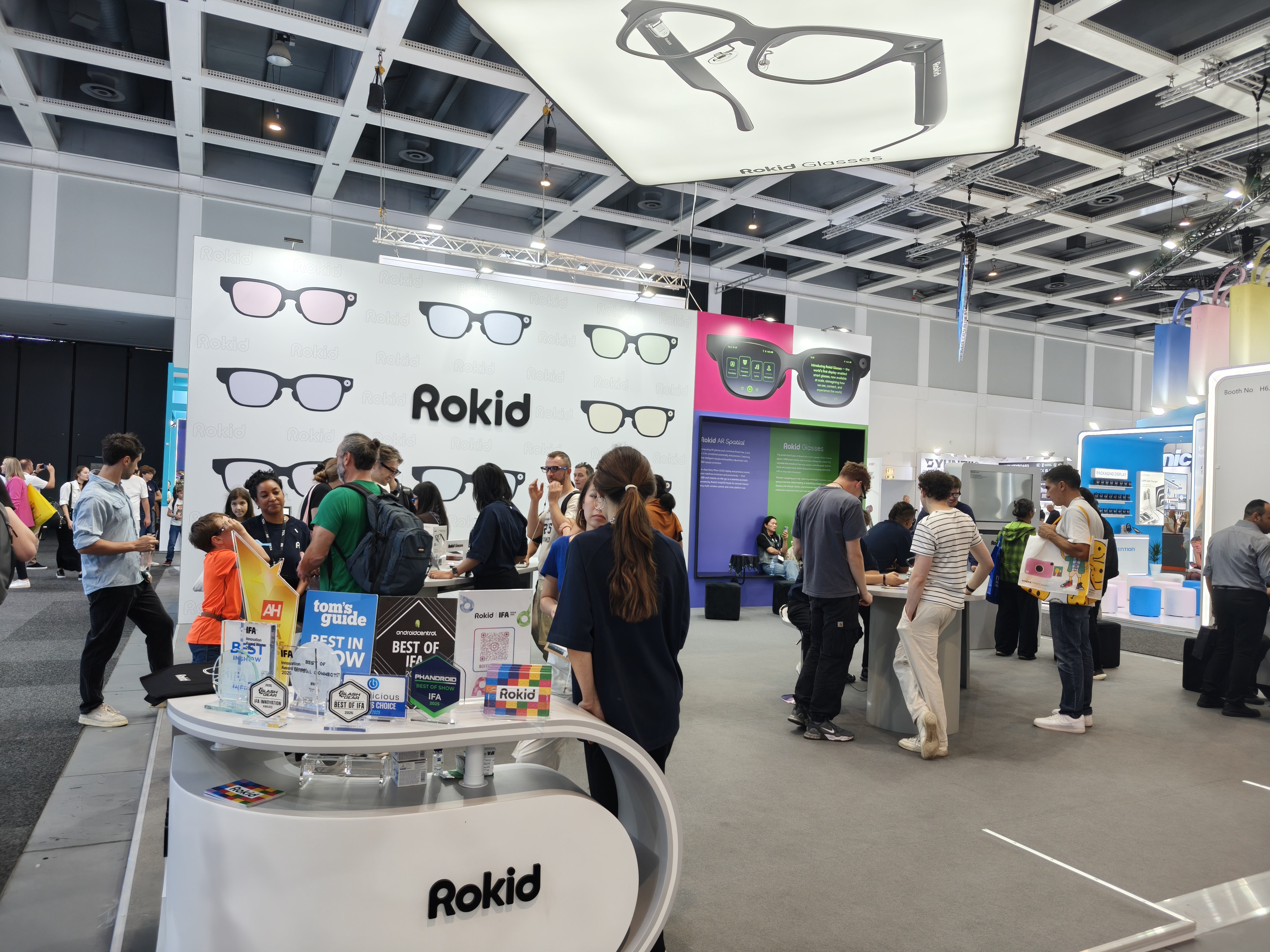
Image Source: On-Site Photography by Leitech
In our mid-year review of smart glasses, Leitech pointed out a prevailing issue: mainstream smart glasses currently suffer from significant homogeneity. Non-display smart glasses typically feature a standard black frame design, coupled with Qualcomm's AR1 chipset and Sony IMX 681 sensor. Display models commonly rely on monochromatic (green) waveguide technology, offering functionalities such as maps, music playback, teleprompters, and AI Q&A. Beyond these, the only distinguishing factors between products are their charging methods and design aesthetics.
However, based on Leitech's observations at IFA 2025, the smart glasses category has finally reached a “moment of quality leap.”
Breaking Free from Homogeneity: The “Simplification” Strategy for Products
Firstly, an increasing number of products are opting to move beyond Qualcomm's AR/XR chipset solutions, instead developing tailored products based on their specific requirements. To be fair, Qualcomm's AR1 is a highly mature mobile platform that endows smart glasses with certain IO and AI capabilities. However, when all products in the industry adopt a “comprehensive” approach, daring to simplify smart glasses becomes an effective strategy for differentiation.
At IFA 2025, the AI sports glasses brand BleeqUp unveiled its “four-in-one” AI smart glasses, the Ranger. Unlike other smart glasses brands, BleeqUp has positioned the Ranger as a highly specialized product designed exclusively for cycling enthusiasts.
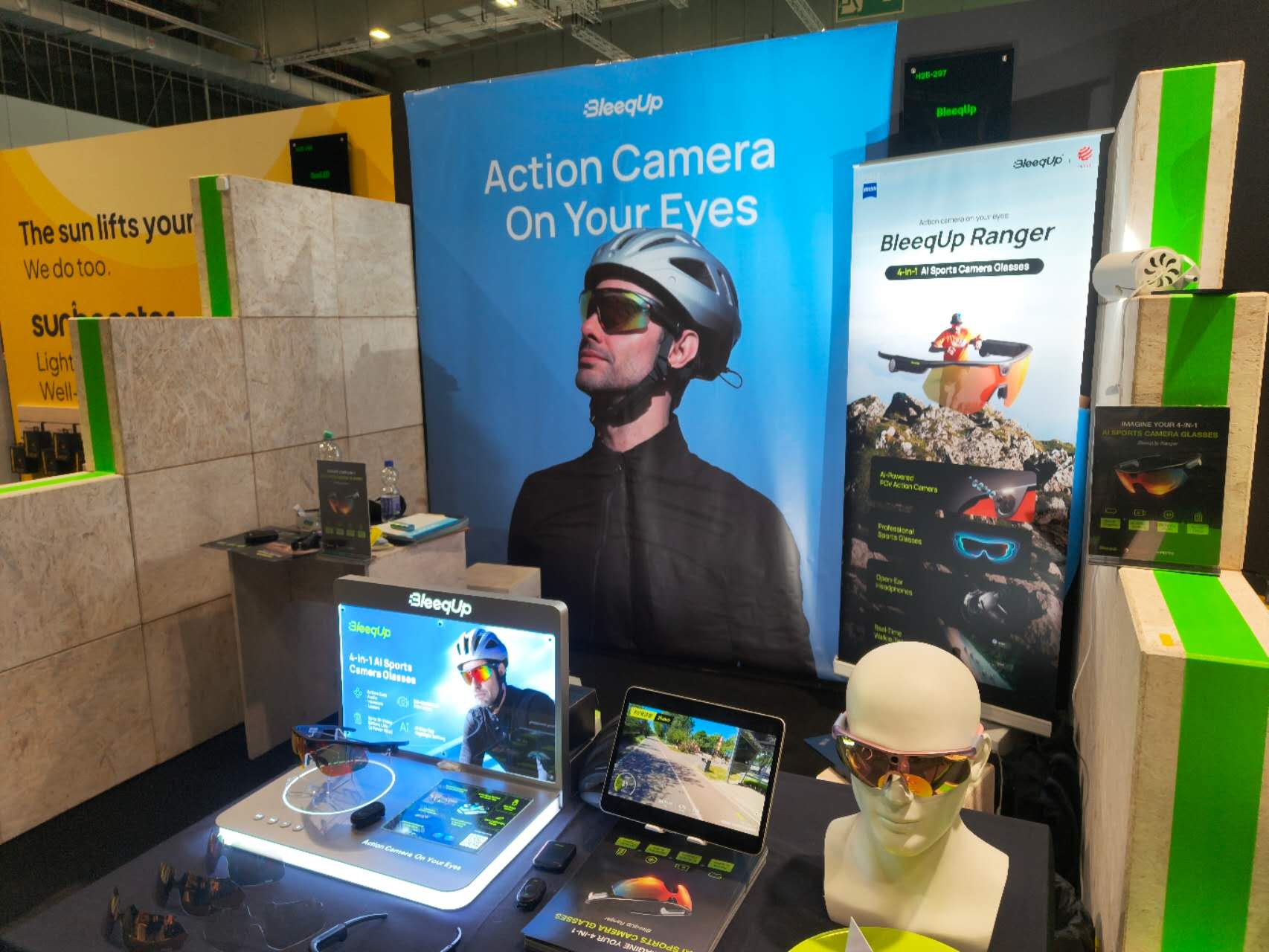
Image Source: On-Site Photography by Leitech
In terms of design, the Ranger breaks away from the traditional “black-framed, neutral” aesthetic of smart glasses, adopting a highly aggressive, sports-oriented style. While this design may not be suitable for everyday wear, it is perfectly tailored for use as sports equipment during cycling.
Of course, design is just one facet of the BleeqUp Ranger. What truly sets it apart is its chip selection. As a smart glasses product focused on the cycling scene, user needs can be distilled into two key points: music and photography. Therefore, the BleeqUp Ranger does not follow the trend of adopting the fully-featured Qualcomm AR1 platform. Instead, it utilizes a simplified chip platform designed specifically for low-power devices.
At first glance, the difference in platforms significantly diminishes BleeqUp's competitive edge in a horizontal comparison—this glasses model lacks AI Q&A capabilities and cannot display maps. However, these features are not essential for cycling enthusiasts: they already have GPS-enabled cadence computers on their bikes, precision power meters on their pedals, and professional heart rate monitors on their bodies. From the outset, cycling enthusiasts only need glasses that can play music and record videos. The “non-fully-featured” chip not only provides the Ranger with longer battery life but also allows it to concentrate more computational power on AI video stabilization.
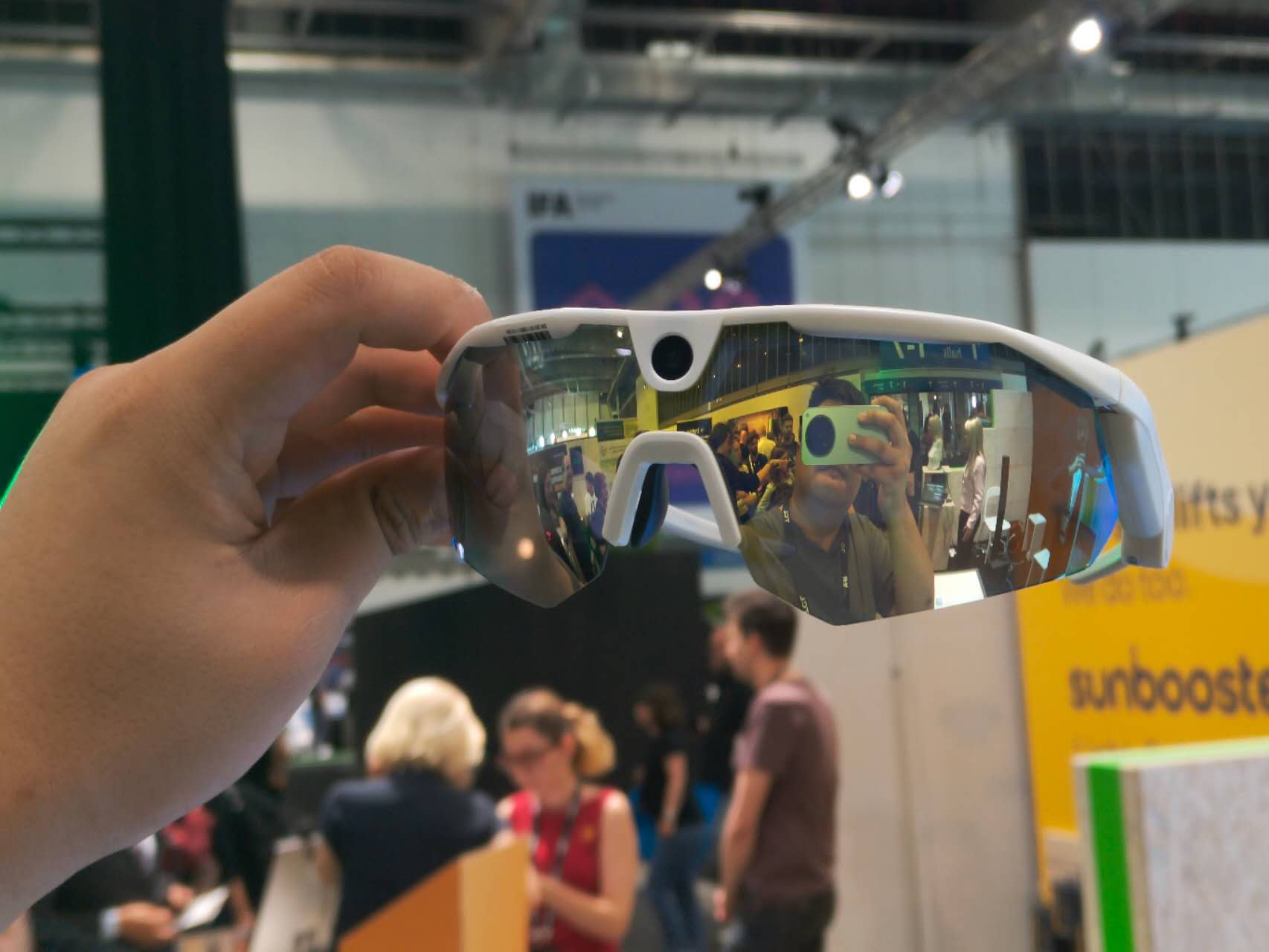
Image Source: On-Site Photography by Leitech
From Leitech's perspective, the “simplification” approach represents a paradigm shift in smart glasses from being “all-purpose” to “specialized.” Rather than attempting to cram various applications into limited hardware conditions, it is more effective to concentrate resources on the experiences that resonate most with the target audience. This functional contraction leads to improved battery life, reliability, and consistent user experiences, while also reducing the learning curve for users. As a result, products can more easily penetrate specific vertical markets and establish stronger user loyalty.
From an industry perspective, this trend is truly propelling smart glasses into a phase of “scenario deepening.” After all, true differentiation lies not in the number of features but in whether a product can capture users' core needs and allocate limited resources effectively. For consumers, this pragmatism is the key to driving the entire category toward maturity.
AR Display and Diverse Interactions: The New Norms
If simplification is a strategy for manufacturers to differentiate in niche scenarios, then in the general product lineup, the industry's broader consensus is “addition”—leveraging optical waveguides and diverse interaction methods to address the interaction shortcomings of smart glasses.
For instance, at CES 2025, many brands showcased products based on the “AR1 solution.” However, just six months later at IFA 2025, these traditional “AR1 photography glasses” no longer attract the attention of professional users. Instead, the seemingly rudimentary optical waveguide products from earlier in the year have now become the stars of the smart glasses exhibition area.
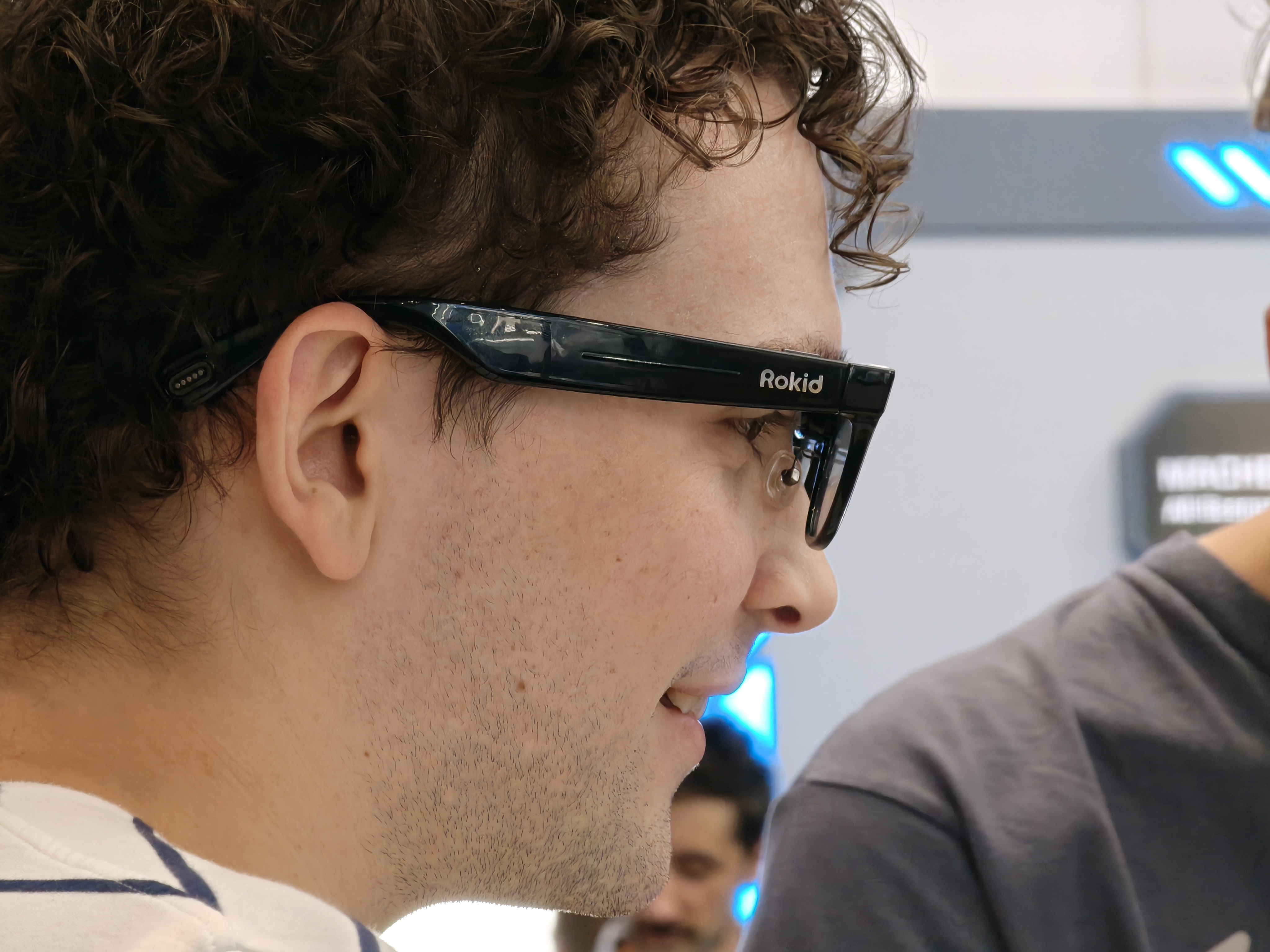
Image Source: On-Site Photography by Leitech
Take Rokid, for example, which showcased its latest AR optical waveguide smart glasses, the Rokid Glasses, in Europe for the first time. Unlike the Ray-Ban Meta glasses, which rely primarily on voice interaction, Rokid's “optical waveguide + photography” interaction model not only provides the glasses with visual input (photography) capabilities but also compensates for the visual output (display) shortcomings. Of course, due to the switch to a ChatGPT-based AI model, the overseas version of the Rokid Glasses offers a slightly different experience compared to the domestic version.
However, judging from both Leitech's on-site experience and the long queues at Rokid's booth, optical waveguide displays are poised to become the next entry barrier for the high-end smart glasses category.
Furthermore, in Leitech's view, the “interaction peripherals” for smart glasses will become the next major battleground for the category. In previous smart glasses evaluations, Leitech noted that most glasses on the market could only achieve “one-dimensional interaction,” as the precision of the input hardware on the glasses' temples is limited and can only support simple gesture commands like sliding back and forth.
However, it is clear that from the perspectives of interaction accuracy, ease of use, and perceptibility, this method of repeatedly rubbing the glasses' temples hardly qualifies as “acceptable.” Therefore, at IFA 2025, many brands have begun exploring supporting interaction devices for glasses.
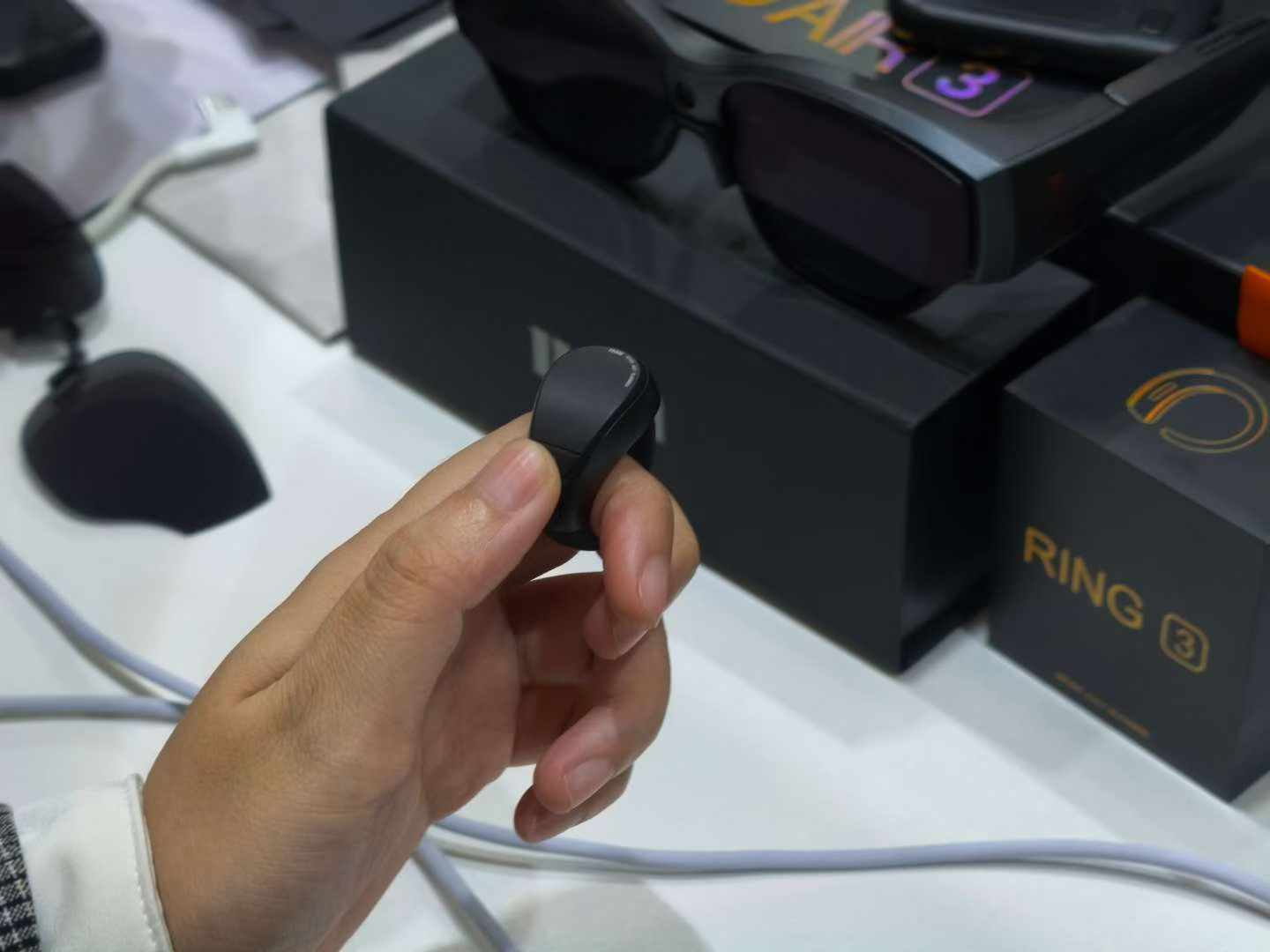
Image Source: On-Site Photography by Leitech
For instance, INMO has introduced two different interaction modes for its smart glasses, the INMO Air3: a compact wireless touchpad and a smart ring. The smart touchpad expands traditional linear one-dimensional interaction into planar two-dimensional interaction, while the smart ring brings spatial pointing interaction capabilities to the Air3. Thanks to these innovative interaction modes, the INMO Air3 achieves an efficient interaction experience similar to that of a tablet in the smart glasses category.
Of course, more diverse interaction modes also bring greater technical challenges to glasses. For example, optical waveguide display modules significantly reduce the glasses' battery life. The spatial pointing interaction of smart rings is not only more costly but also difficult to perform with precision.
However, from a trend perspective, manufacturers have reached a consensus: without AR display or multimodal interaction, smart glasses are destined to struggle. Just as smartphones evolved from feature phones to touchscreen devices, AI glasses also require a “must-have” feature to achieve a quality leap. In 2025, “interaction” is that must-have feature.
Smart Glasses Ecosystem Development: Not Solely Dependent on Brands
If breakthroughs at the hardware level determine whether AI glasses are “usable,” then ecosystem development determines whether they are “user-friendly” and “sustainable for long-term use.” Since most smart glasses adopt customized “closed systems,” their functionality depends solely on what manufacturers provide. Currently, the smart glasses industry lacks imagination, resulting in products that primarily offer functions such as music playback, photography, navigation, translation, and teleprompting.
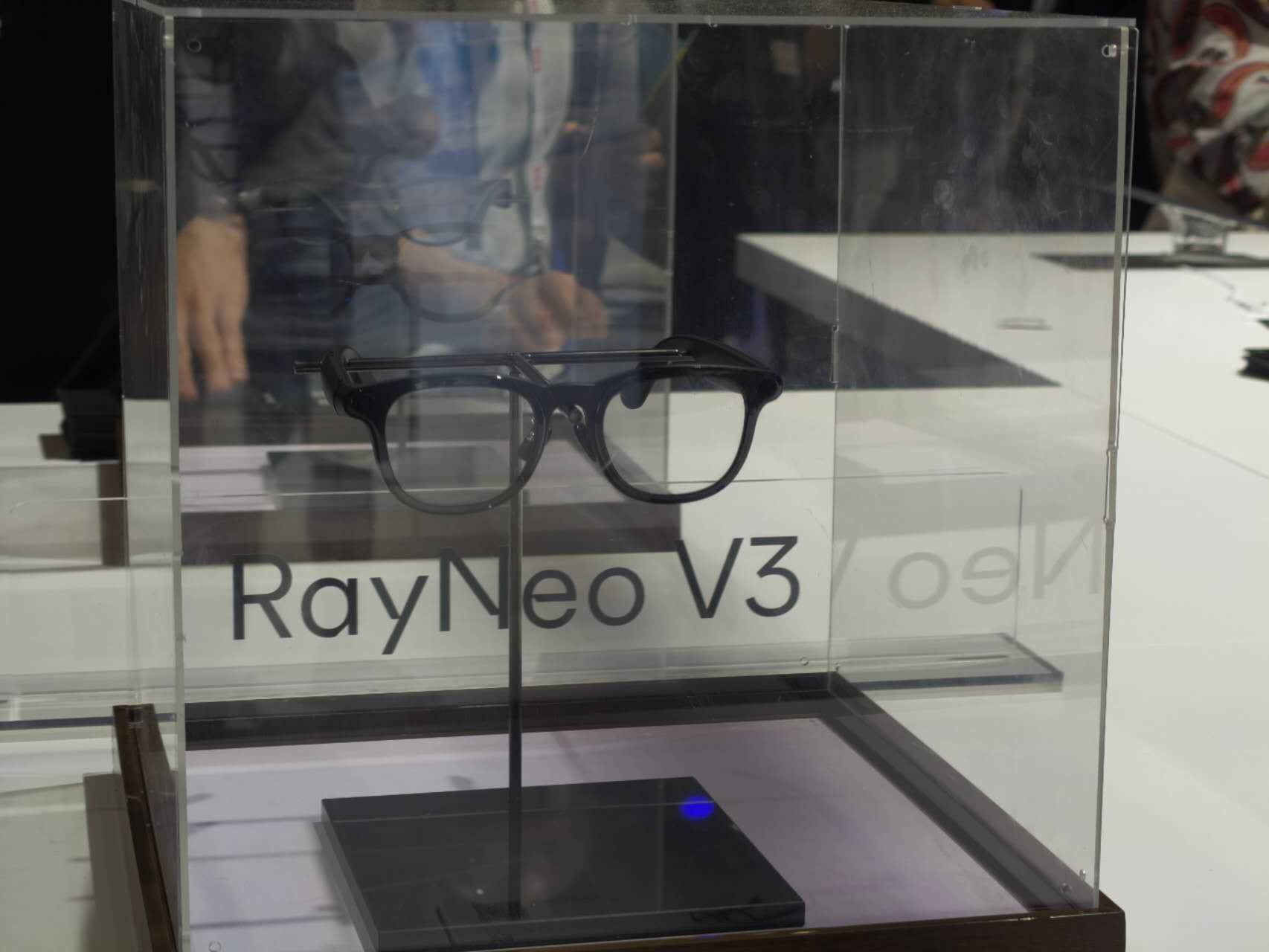
Image Source: On-Site Photography by Leitech
However, users' expectations for smart glasses extend far beyond these basic functions. Therefore, in Leitech's view, the smart glasses industry in 2025 must shift away from traditional “paternalistic” development models and prioritize the cultivation of user communities to “co-build” the application ecosystem for smart glasses.
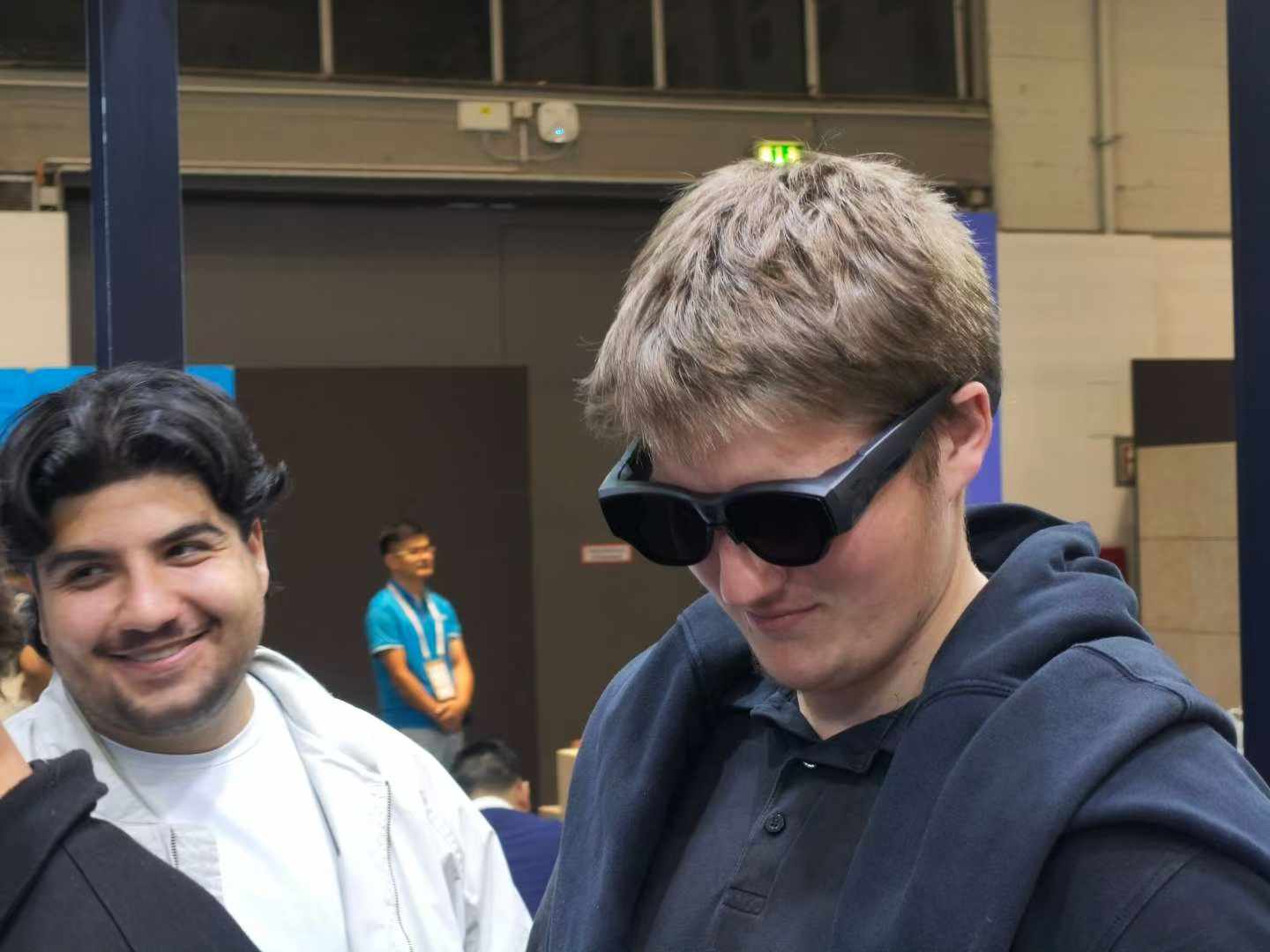
Image Source: On-Site Photography by Leitech
Taking the INMO Air3 as an example, the inclusion of an 8-core processor with a 4nm process gives the Air3 significantly superior hardware performance compared to similar products. INMO also recognizes the importance of user co-creation and has opened up development tools and even an AI intelligence platform to its user community, allowing professional users and the brand to collaboratively build the application ecosystem for smart glasses and explore their future development.
Compared to a closed-door development approach, this user-centric strategy, which allows users to determine application scenarios, is more likely to foster killer applications that can retain users in the long run.
Conclusion: Smart Glasses Enter a New Phase of Seeking Common Ground While Respecting Differences
From on-site observations at IFA 2025, it is evident that the AI glasses industry is entering a new phase. Previously seen as experimental concept products, three major trends are now becoming evident: AR and multimodal interaction are becoming the industry's foundation, the simplification approach in niche scenarios demonstrates a practical path for differentiation, and ecosystem development determines the industry's long-term viability.
Of course, compared to mature consumer electronics like smartphones and earbuds, smart glasses are still in the stage of “defining themselves,” with different brands exploring various paths for the future of smart glasses. However, whether for specialized products targeting vertical audiences or generalized glasses for the mass market, the smart glasses category must ultimately find core scenarios that can truly integrate into users' daily lives to achieve greater development.
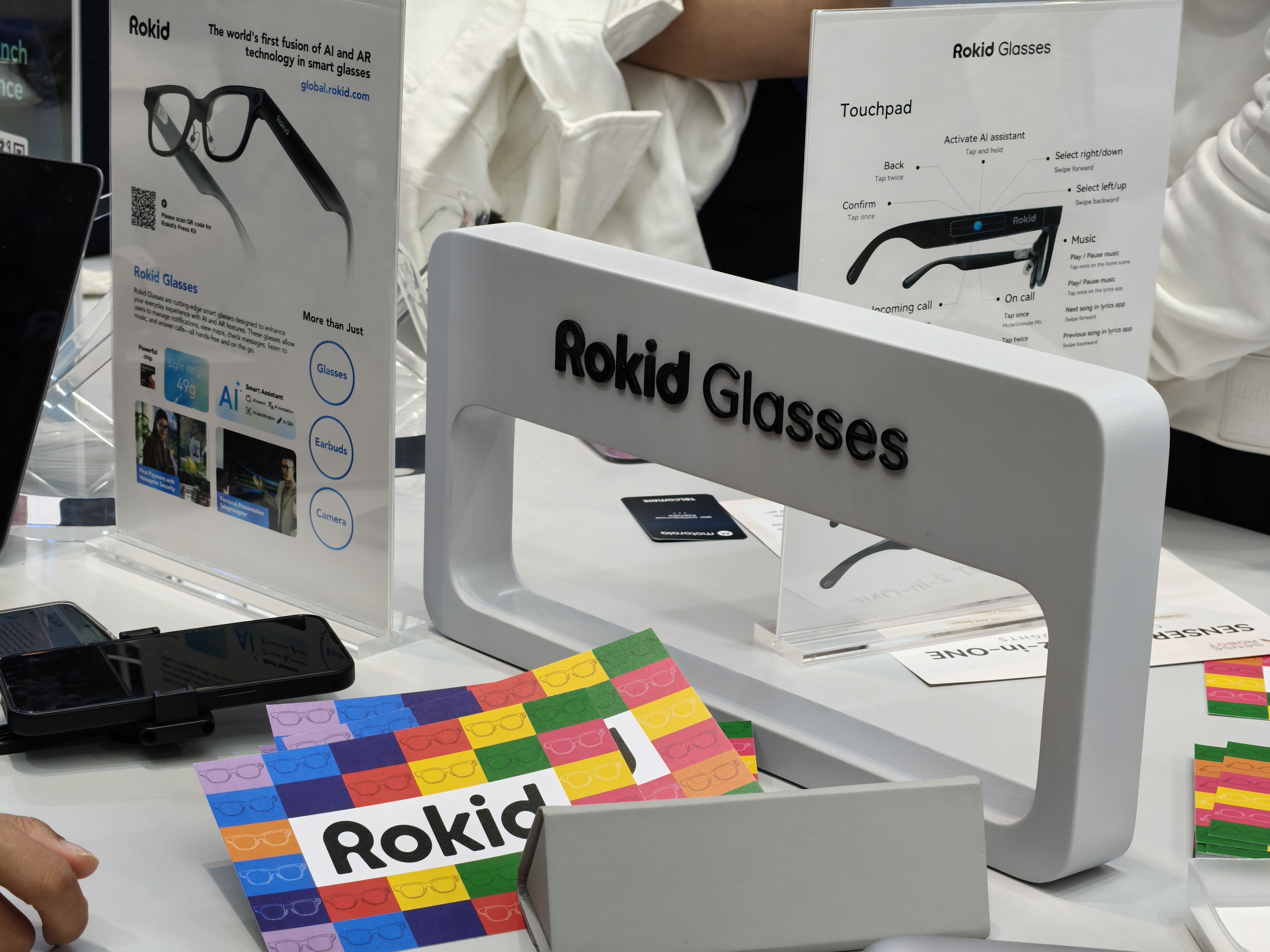
Image Source: On-Site Photography by Leitech
From Leitech's perspective, this state of seeking common ground while respecting differences and embracing diversity is actually more promising. After all, the differences among brands at IFA merely reflect a snapshot of the current development trends in smart glasses. The true competition in the smart glasses category will only begin after IFA 2025 concludes.








